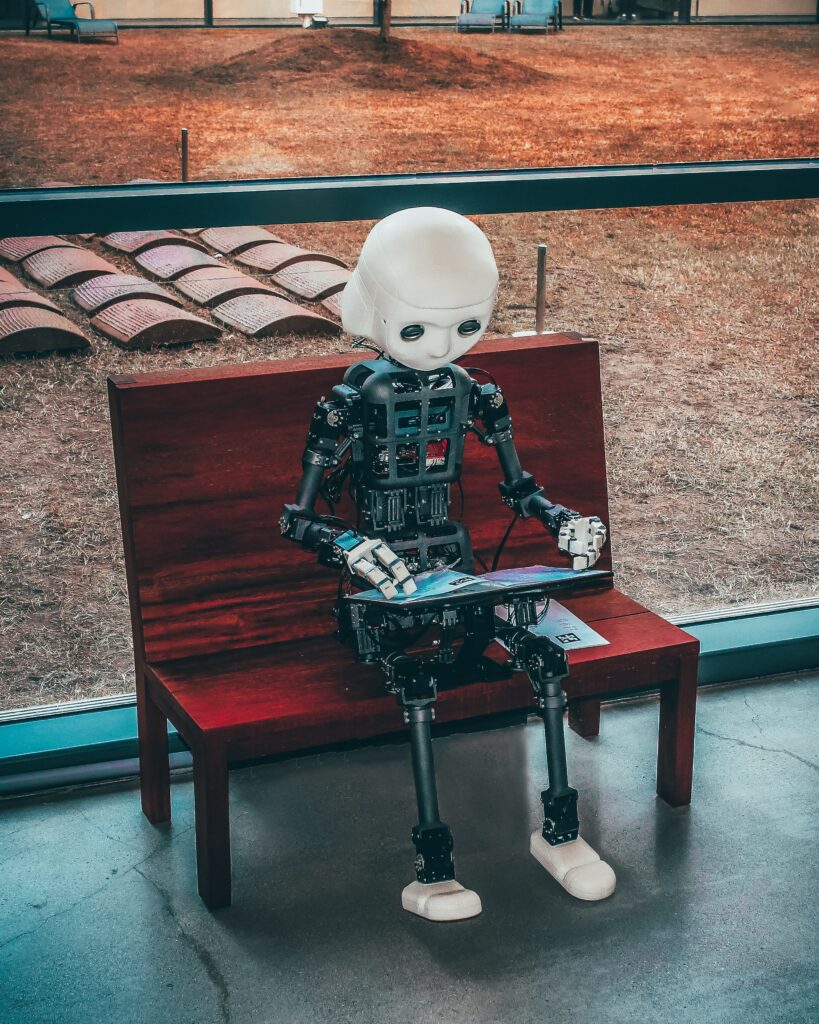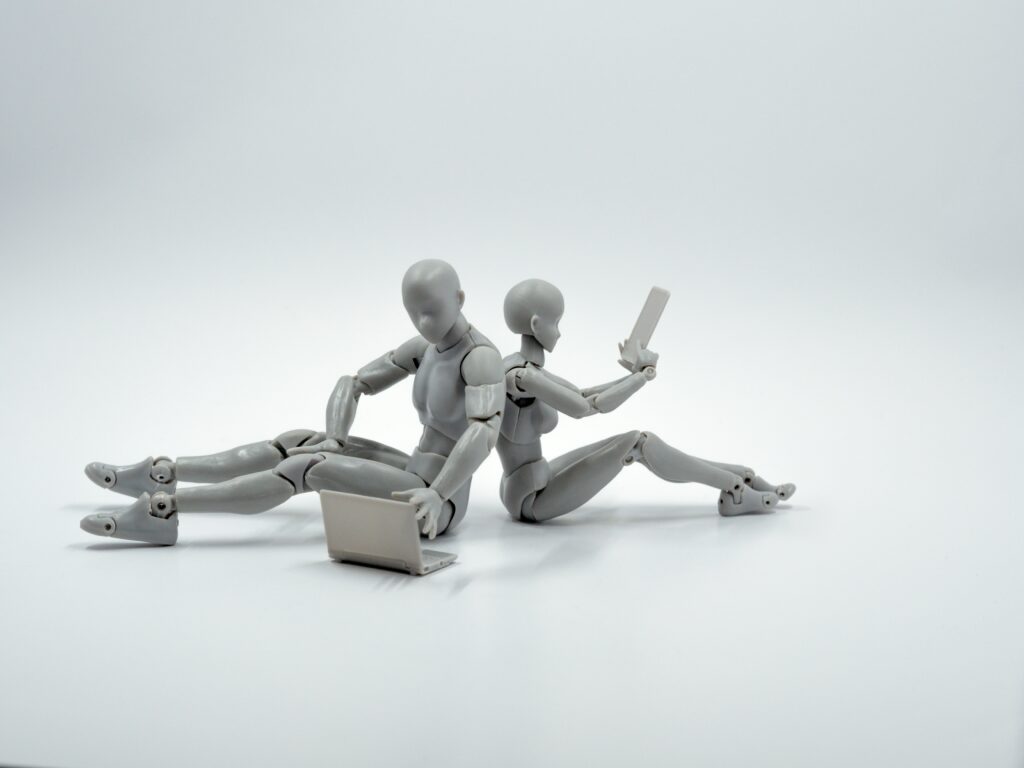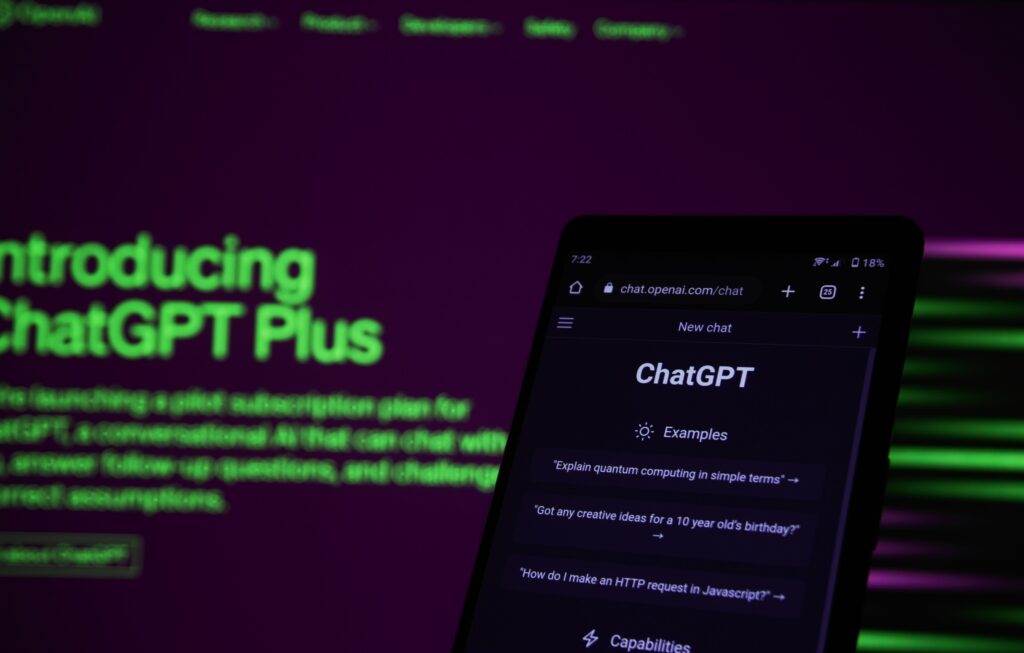Generative AI refers to a type of artificial intelligence that uses machine learning algorithms to generate new content such as text, images, or even code based on existing data. Instead of simply following pre-programmed rules, generative AI systems learn from patterns in the data to create new content that is original and often surprising.
In simpler terms, it’s like a machine that has learned how to be creative by looking at lots of examples and then coming up with new ideas that are similar to the ones it has seen before. It can be used to assist in a variety of tasks, from generating new product ideas to creating art and music, and can save time and resources by automating certain tasks that would otherwise require human input.
Generative AI and Automation of Legal Tasks
The importance and usefulness of Generative AI cannot be underestimated. It is fast proving to be a powerful tool in fostering efficiency in repetitive tasks and is therefore increasingly being adopted.
When it comes to legal tasks, Generative AI can automate certain legal tasks, making them more efficient and cost-effective. These tasks can include:
Document review
Generative AI can assist in this task by using machine learning algorithms to analyze documents and flag relevant information, such as key phrases or specific topics to help in identifying relevant information in legal proceedings that require reviewing of large amounts of texts.
Contract drafting
Generative AI can be used to generate contracts based on specific criteria, such as the type of contract or the parties involved. By automating this process, businesses and legal teams can save time and resources and ensure that contracts are consistently written to a high standard.
Legal research
Legal research can be a time-consuming and complex task, involving the review of large volumes of legal documents and case law. Generative AI can assist in this task by using machine learning algorithms to analyze legal documents and identify key insights and trends, making it easier for legal teams to conduct research and make informed decisions.

Generative AI and Task Automation (the numbers)
According to a report released recently by investment bank Goldman Sachs, technological AI could automate nearly half of all legal tasks in the U.S. This would result in increased productivity but also significant disruption for the labor market.
Goldman Sachs estimates that generative AI could automate 44% of legal tasks in the U.S., with 45% of clerical support workers, 34% of professionals, 31% of technicians and associate professionals and 29% of managers at risk from automation. Though the impact on labor markets is likely significant, most jobs and industries are only partially vulnerable to automation – meaning they’re likely to be enhanced rather than replaced by AI technology, according to Goldman Sachs’ estimates.
44% of Legal Tasks Could be Automated
Goldman estimated that generative AI systems like ChatGPT, which generate human-like text or images in response to written commands, could replace up to 25% of current work. Furthermore, this new technology could boost annual US labour productivity growth by just under 1.5 percentage points, according to its calculations.
The report warns that advances in AI are likely to disrupt both the US and European economies, potentially creating a whole new class of dispossessed white-collar workers. On the other hand, technological progress could boost global GDP by up to 7% within a decade.
According to estimates, around 300 million full-time jobs could be affected by automation worldwide; lawyers and administrative workers being the most vulnerable. This scenario mirrors that faced manufacturing workers during the 1980s when robots replaced many jobs with computers.
According to the report, more complex tasks such as making a court ruling or monitoring patient health are unlikely to be replaced by AI. Furthermore, physical and outdoor roles like construction and cleaning are less vulnerable to automation.

The study revealed that legal professionals and other white-collar workers were particularly vulnerable to being replaced by generative AI. It predicted 44% of legal tasks could be automated, compared to 36% for office administration and support industries and 45% in community and social services sector.
Clerical Support Could be Automated
Goldman has warned that AI is set to revolutionize the workplace in ways we couldn’t have predicted. According to their forecast, automation could potentially replace up to 25% of all tasks worldwide – from office and administrative support jobs, legal work, architecture and engineering.
This could have a dramatic impact on society and our economy. Generative AI, also known as machine learning, allows machines to generate text and images similar to what humans create. Initially, computers may only be able to craft basic articles and letters; but within a few years it may be able to write full-fledged reports, scientific papers and mockups for websites and other design materials.
Generative AI could also be applied in software development. Platforms like Amazon’s CodeWhisperer and GitHub’s CoPilot enable developers to speak or write requests into a system and view actual lines of software code written in languages such as Python, R, Java or other.
Other business uses of text analytics include reviewing documents to confirm they comply with regulations, improving employee communication and modeling systems for research and development. These could include creating models used in machine learning, analysing cyberattack methods and simulating how hackers might attack a system.
Overall, Goldman Sachs’ research indicates that 45% of clerical support workers’ jobs could be automated. On the other hand, those employed in crafts and associated trades sectors are less vulnerable to automation; only 4% of their tasks could be automated.
The report indicates that generative AI could lead to labor cost savings and create new jobs, ultimately increasing global labor productivity by 7% annually.
Professionals Could be Automated
Goldman’s research suggests that robotic AI could automate nearly half of legal tasks and office administration. This technology could replace up to a quarter of current jobs, creating “significant disruption” in the global economy, according to the investment bank. While this poses a substantial threat to workers, the report also highlights how AI technology could potentially create new positions and reduce labor costs in the workplace.
According to the report, those who remain in their jobs should benefit from increased freedom to focus on more rewarding tasks. Two-thirds of US and European jobs are at risk for automation, but those who see less than half of their workload automated should be able to continue working while having more free time for creative, productive tasks, researchers noted.

Meanwhile, jobs that are less vulnerable to automation will likely be “complemented rather than substituted” by AI systems. Notable examples include office and administrative support positions (46%), legal professions (44%), architecture and engineering occupations (37%), business financial operations and community and social services positions.
Though the report acknowledges that it’s difficult to accurately gauge the effects of generative AI, it does predict a productivity boom that could boost global GDP by 7% within 10 years.
Technicians and Associate Professionals Could be Automated
Goldman compared this new technology to ChatGPT and Bard, promising content that is “indistinguishable” from human-produced output. He predicted it could replace 300 million full-time jobs worldwide.
But if it delivers on its promises, tech could have a profound effect on the labor market and legal services could be particularly hit.
Goldman predicted that lawyers and other legal professionals were most at risk of becoming redundant, but the bank also noted that some non-legal sectors could also be affected by automation such as educational instruction and library services.
Researchers examined data on thousands of occupations to predict what percentage of their work tasks could be automated using generative AI. The results were surprising.
Goldman revealed that 46% of office administration and support tasks could potentially be automated, while 45% of jobs in legal professions, community/social services management are also vulnerable to automation.
But the study also concluded that less than 10% of jobs in construction and related trades would be at risk, since they require a significant amount of manual labor.
Finally, if this technology lives up to its promises and automates most human-centric tasks, it could usher in an unprecedented surge of productivity. And that could propel economic growth levels not seen for decades.
Generative AI is becoming increasingly prevalent in finance and banking, where banks are already integrating it into their business models to enable advisers to access data more quickly and conduct research more efficiently, according to the World Economic Forum.
Is Generative AI the replacement for Human Jobs?
Concerns have been raised about the use of generative AI, especially in industries such as legal and intellectual property that could replace human jobs. As a matter of fact, experts warn that automating too much of the world’s labor could cause a severe disruption in its economy. Indeed, a recent study by McKinsey Research Institute estimated that up to 400 million people worldwide could be displaced by automation before 2030.
It’s true that AI can automate some tasks and improve efficiency. However, it is important to remember that it does not replace human expertise or judgment. Generative AI is used to enhance human capabilities, freeing up time for complex and strategic tasks.
While generative AI may automate certain tasks, it can never replace the creativity, judgement, and expertise of humans. Machines cannot replicate human skills like critical thinking, decision making, or problem solving. These are vital in many business areas. Instead of replacing human workers, generative AI will likely shift their focus to more complex and strategically-oriented tasks, resulting in a more efficient and productive workforce.

Some of the reasons why Generative Artificial Intelligence will not replace humans are as follows:
- AI is not a substitute for humans. Generative AI was designed to support and not replace human workers. It can automate some tasks and improve efficiency, but still needs human oversight and guidance.
- AI cannot duplicate human empathy or intuition. While AI can analyze patterns and make predictions, it cannot reproduce the empathy and intuitive abilities that humans possess. AI cannot replace jobs that require human interaction, like healthcare, social work and counseling.
- New jobs will be developed: As AI technology develops, new jobs that require human expertise and skills will appear. Jobs in AI development, machine learning and data analysis will all require special training and education.
- AI is not perfect: AI can do certain things more accurately and efficiently than humans. However, AI does have limitations. It can’t think outside of the box or creatively, nor can it make ethical decisions.
While generative AI is likely to have a significant impact on the employment market, it will not replace all human jobs. It will instead augment and enhance the human capabilities leading to new challenges and opportunities in the workplace. AI is expected to create new jobs for workers who are not displaced and increase their productivity. This “productivity boost” could boost the global GDP by up to 7% in the next 10 years.

